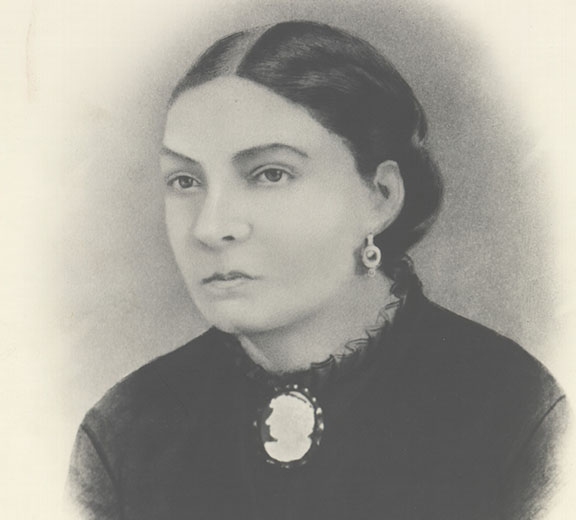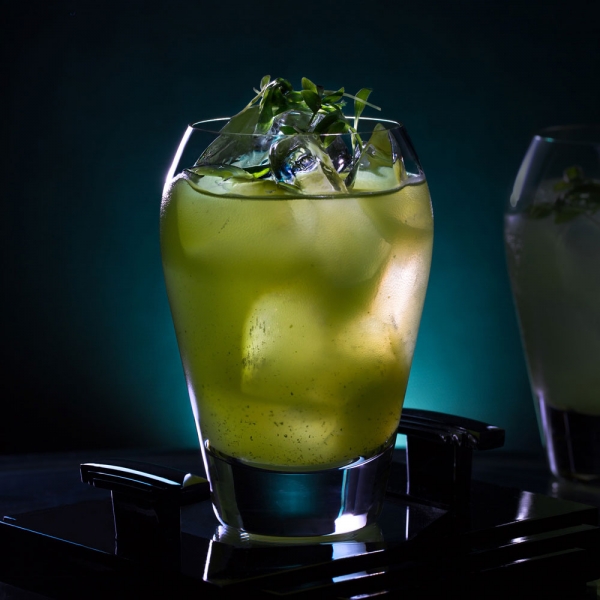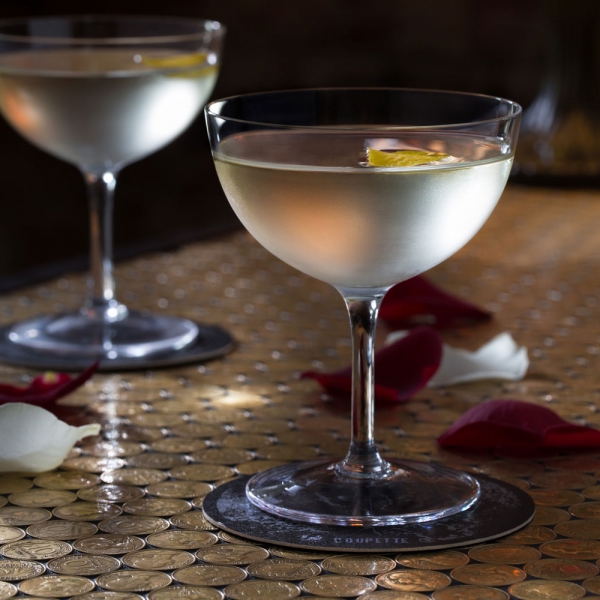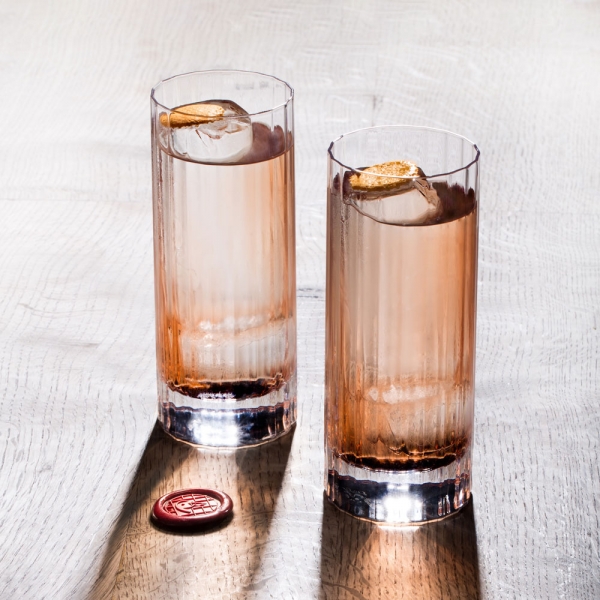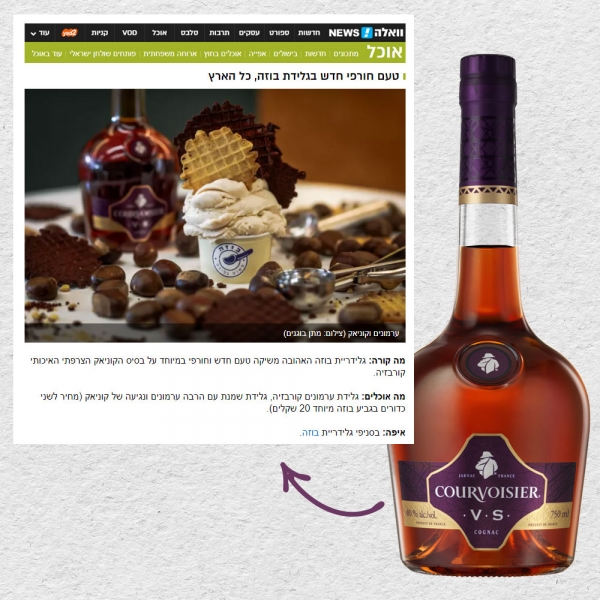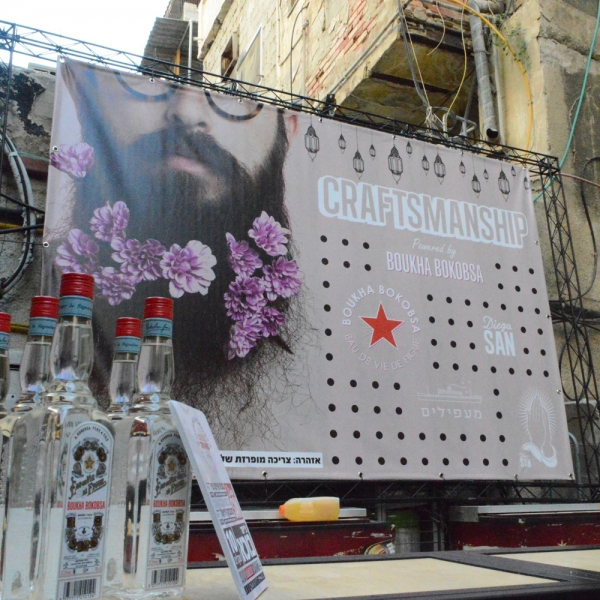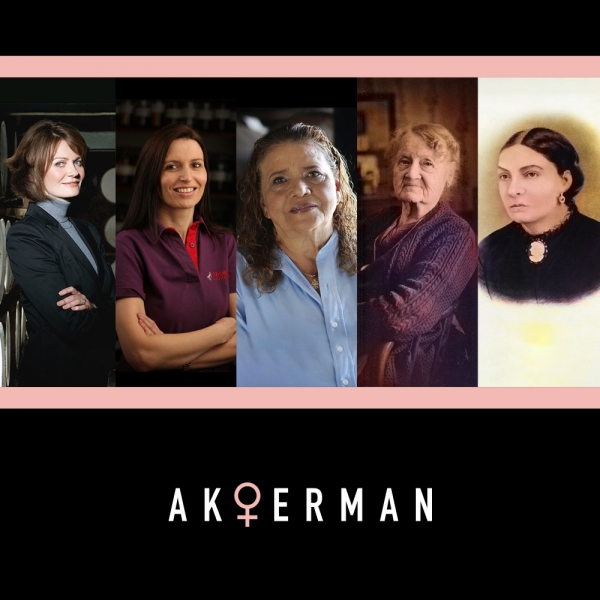Lucia Victoria Moreau was born in 1822 in the community of El Caney, Cuba, a few kilometers northeast of the port town of Santiago de Cuba. The daughter of a French-Haitian immigrant mother and a former captain in Napoleon’s army who owned a prosperous coffee plantation, she was known to family and friends as “Amalia.” At age 21, she married Facundo Bacardí Massó in the Cathedral of Our Lady of the Assumption in Santiago de Cuba on August 5, 1843.
In this same year, her husband opened a mercantile business called Facundo Bacardí y Compañía, which became very successful. In 1844, their first son Emilio was born, followed by Juan in 1846, Facundo Jr. in 1848, and María in 1851. Family bliss was interrupted in 1852 when Santiago de Cuba was devastated by powerful earthquakes. The temblor destroyed the city’s infrastructure and left a cholera epidemic in its wake that took the lives of two of Don Facundo’s and Doña Amalia’s children, Juan and baby María. The brokenhearted family traveled to Catalonia, Spain, to be with Facundo’s family and to grieve.
Upon their return to Santiago de Cuba, Doña Amalia and Don Facundo found their business floundering in a poor economy caused by not only the earthquake but also by a global slump in sugar, Cuba’s largest export. The business went bankrupt in 1855. Two more children were born to the couple in the ensuing years, as Don Facundo sought a new line of work: José was born in 1857 and little Amalia joined the family in 1861.
Doña Amalia proved to be Don Facundo’s greatest asset at this difficult financial time. Her wealthy godmother, Clara Astié, passed away in 1859, leaving an estate to her goddaughter. Not only did this bequest shore up the family’s finances, but also introduced Don Facundo to the man who would help shape his interest in making an elegant Cuban rum. José León Bouteiller rented a house on the estate property, running a still that produced cognac and candies. Don Facundo negotiated new rent terms with the French Cuban distiller that included use of the pot still for his own experiments with rum distillation.
In 1862, Don Facundo bought a tin-roofed distillery and began producing the world’s first light-bodied white rum. Fruit bats nesting in the rafters of the distillery gave Doña Amalia the idea of branding the rum with the bat’s image, a creature believed by locals to be a symbol of good fortune. This shrewd business decision led to BACARDÍ rum being recognized all over the world as “El Ron del Murciélago, or “The Rum of the Bat.”
Don Facundo’s astounding success must be partially credited to Doña Amalia’s support. Not only did she provide the idea for the iconic bat symbol that still identifies the BACARDÍ rum brand more than 150 years later, but she also financially backed his business ventures. A woman of means, she allowed Don Facundo to invest her own money in his enterprises.
Don Facundo and Doña Amalia made a legendary team, whose descendants continue their legacy of perseverance, pragmatism, and innovation in the production of BACARDÍ spirits.

